32 things we’ve learned about building a startup that scales
What growing PostHog from 11 to 150 people taught us about culture, hiring, product, marketing, and more
I joined PostHog when we were 11 people and had sold nothing. 5 years later, we’re now over 150 people and $$$ ARR. Here are 32 things I’ve learned – some unexpected, some kinda obvious.
Culture and hiring
Optimism is more important than hard technical skills. The splash damage from pessimism is high.
You will relax your standards for that one hire, then regret it. You will keep re-learning this lesson, but hopefully with longer gaps between each one.
It is 1,000x easier to say no at the interview stage than to let someone go later.
It is MUCH more important to make sure your existing team is effective before hiring more people.
The SuperDay is still our single best source of signal for new hires. Being good at interviews very weakly correlates to being great at PostHog.
Hiring the first person to do X is not the time for a wildcard hire. They need to have actual experience doing that thing.
We’ve never had an experience where working with an external agency was better than doing it ourselves.
It’s easy to drift from giving feedback after something has shipped, to front loading it so your feedback basically turns into an approval process. Resist the urge.
It doesn’t matter how big or small the problem is, if you don’t have one person ultimately owning it, you will probably fail.
Salary exceptions always result in unacceptable culture debt: don’t do it. You will regret it every time you do pay reviews.
If people start to talk in fancy management-speak rather than like real people, call it out. Use words that you would actually say in real life.
Copy the bits you like about other, more successful companies or leaders – don’t import them in their entirety. Remember, you are probably not as smart as Jensen Huang.
Product and engineering
Small teams scale extremely well. One of the best things we’ve ever done is to keep engineering teams to six people or fewer.
Ask yourself who your ICP is over and over (and over) again. Finding PMF is not a one-time thing: the market, your users, and technologies change.
Ask not what you can do with AI, but what AI can do for you.
If a problem isn’t specific and valuable to solve, AI will not magically make it one.
Keep talking to users. Your assumptions about what they want and how they might use your product may have changed. Actually, they definitely have.
Make goals about shipping, not outcomes. This still magically works way better than OKRs, and is more fun.
If you really can’t decide what to prioritize, do the most fun thing first.
The best engineer is not always the best manager. Being a team lead should not be a ‘reward’ for being a great IC.
0% of stretch goals ever get completed. If something is a stretch goal, delete it from your plans.
The opinion of your users after you ship >>> opinion of other PostHog people before you ship.
Marketing and sales
Going upmarket doesn’t mean neutering your brand; enterprises are full of real people too who like to read fun stuff.
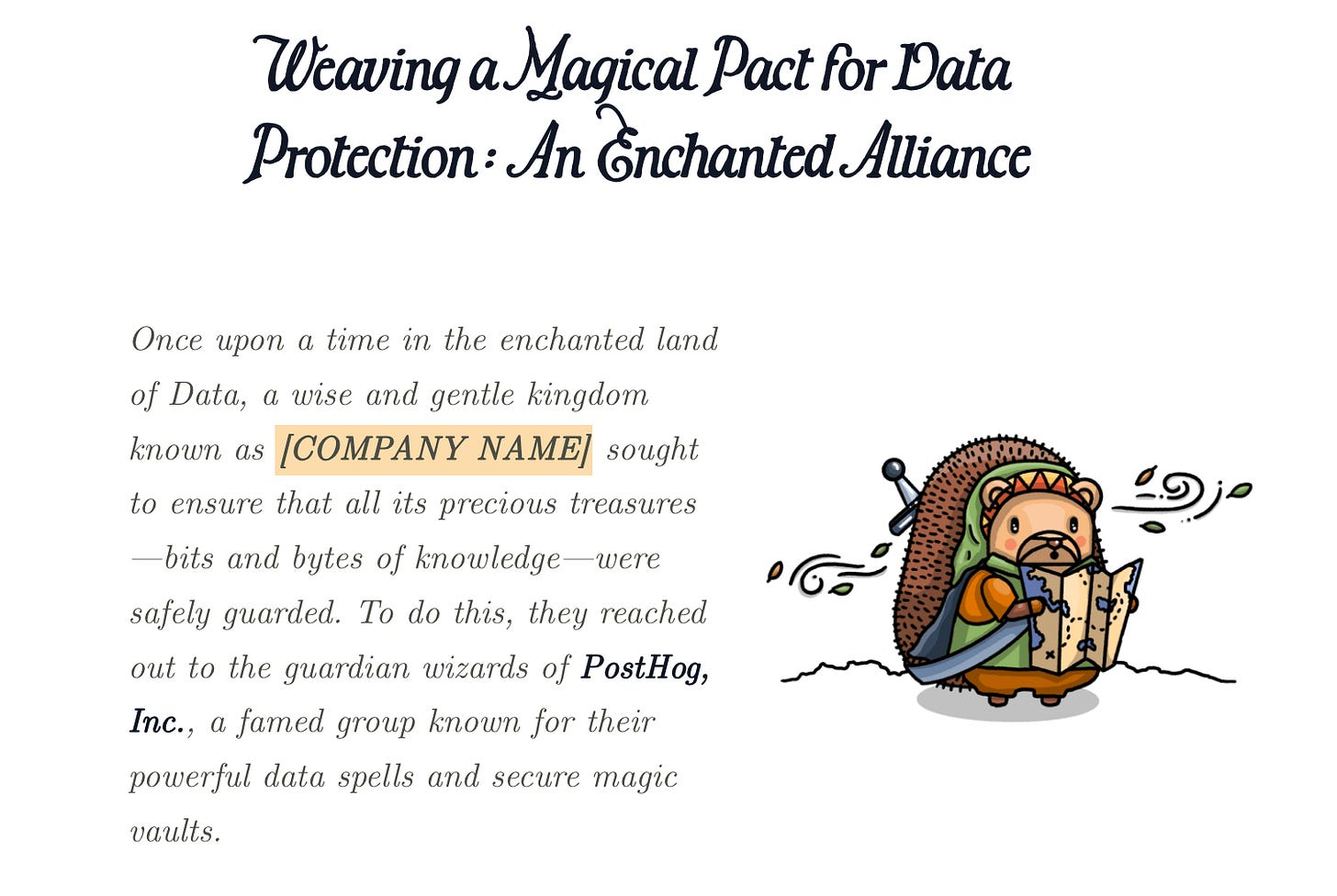
As you grow and serve a wider audience, it’s easy to become less opinionated. This is the best way to lose your ICP’s interest.
Keep building a great product, then telling people about it. If you are product-led, ask yourself why you think paid ads are now how you grow your business if they weren’t before.
Selling features over benefits works surprisingly well up-market too. Sometimes people at giant corporations really do just want ‘a tool that does X’.
You will never find a way to do merch fast and well. Moving physical stuff around the world has its limits.
People will tell you hiring technical people to sell software does not scale beyond the first handful. This is not true, it’s just hard.
Even at scale, we’re still focused on getting a relatively small number of marketing channels right versus trying to be everywhere.
You will never be happy with attribution. Trying to ‘solve’ it is a fool’s errand; reasonable approximations are fine.
It’s ok if marketing and sales lag product. A user’s default is to not care about you. You can do a launch months after a product first shipped, nobody cares.
Your competition is for attention, i.e. TikTok, not the blogs of other B2B SaaS companies.
Words by Charles Cook, generic exec person and head of the PostHog Transparency Commission.
🦔🤵 Jobs at PostHog
Want to help us scale further? We’re hiring product engineers and more specialist roles like:


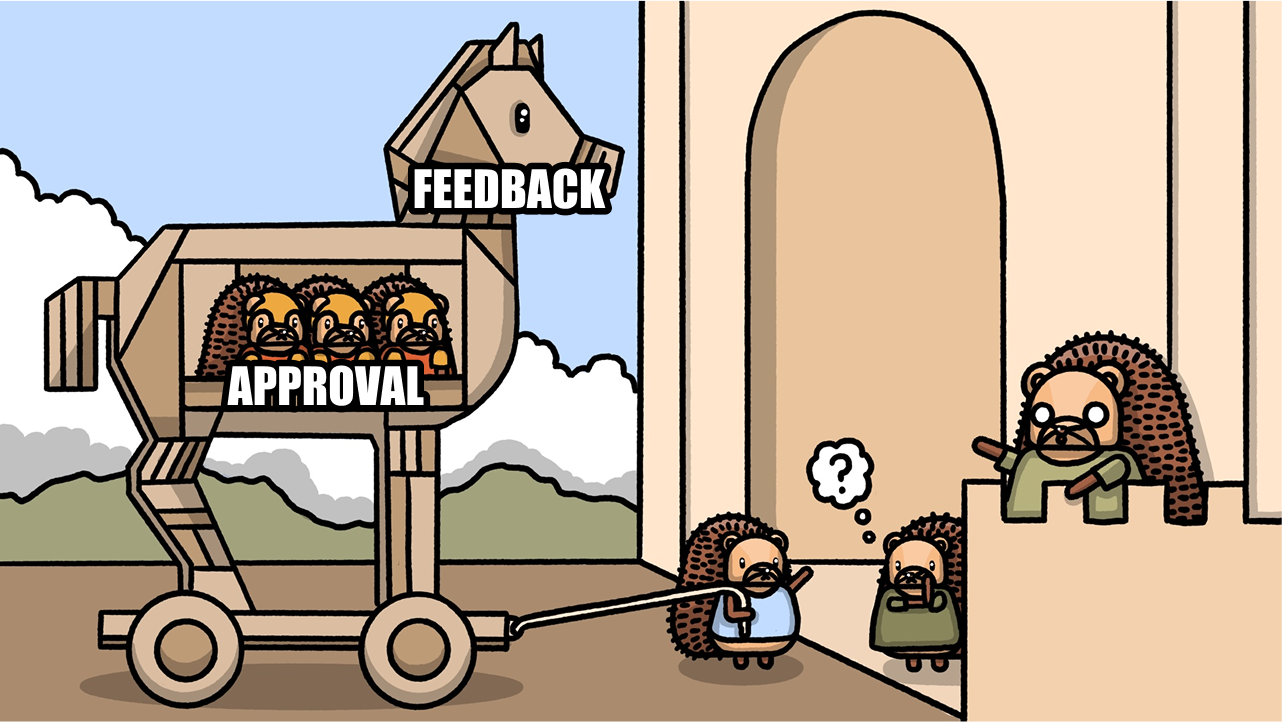
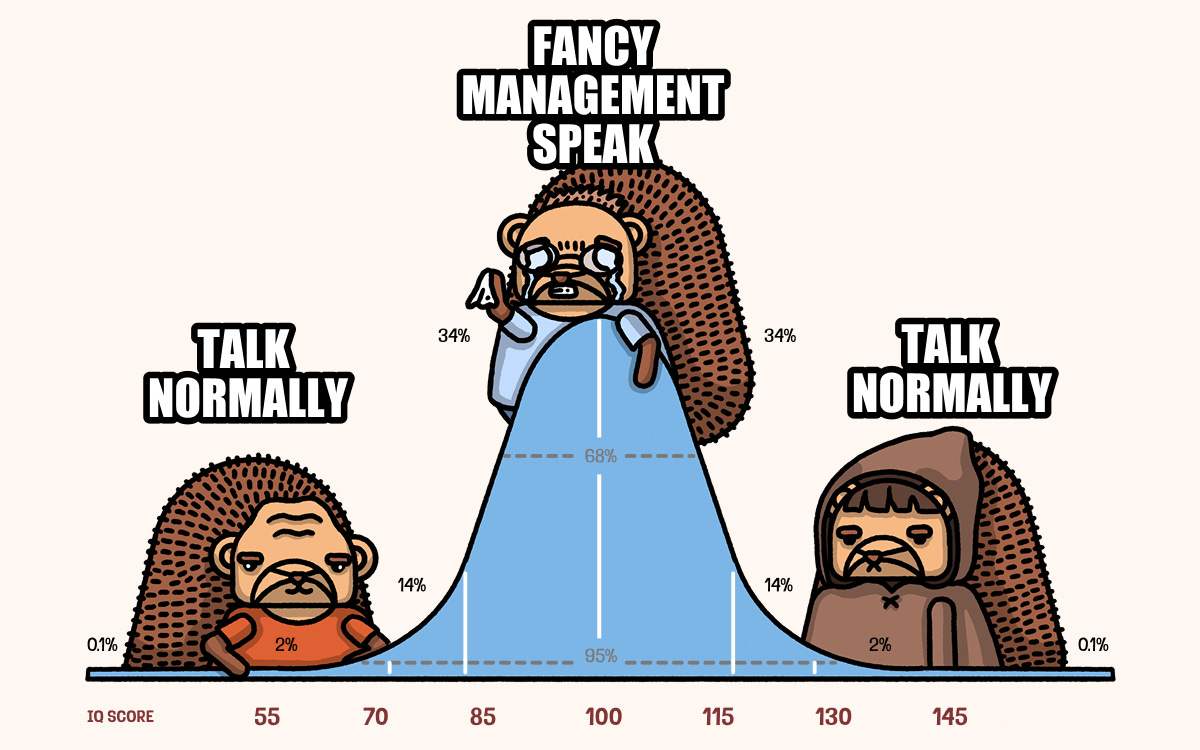
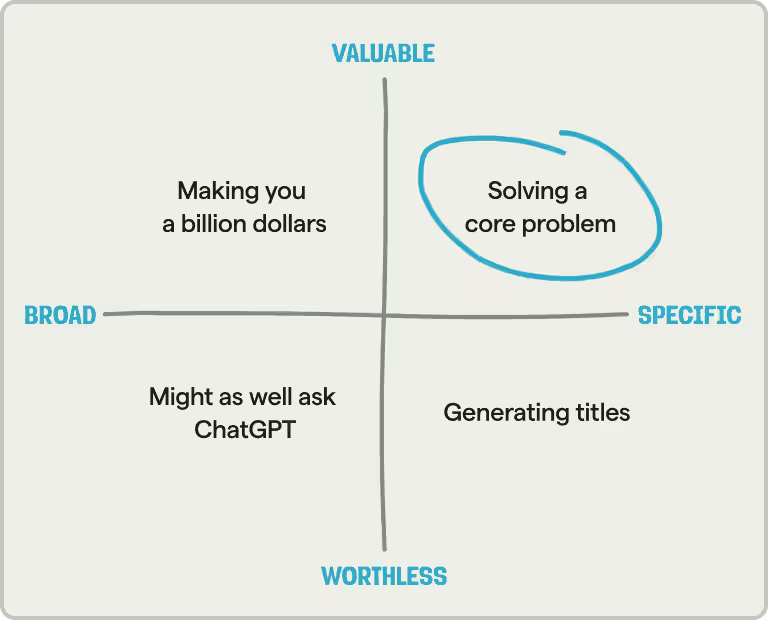
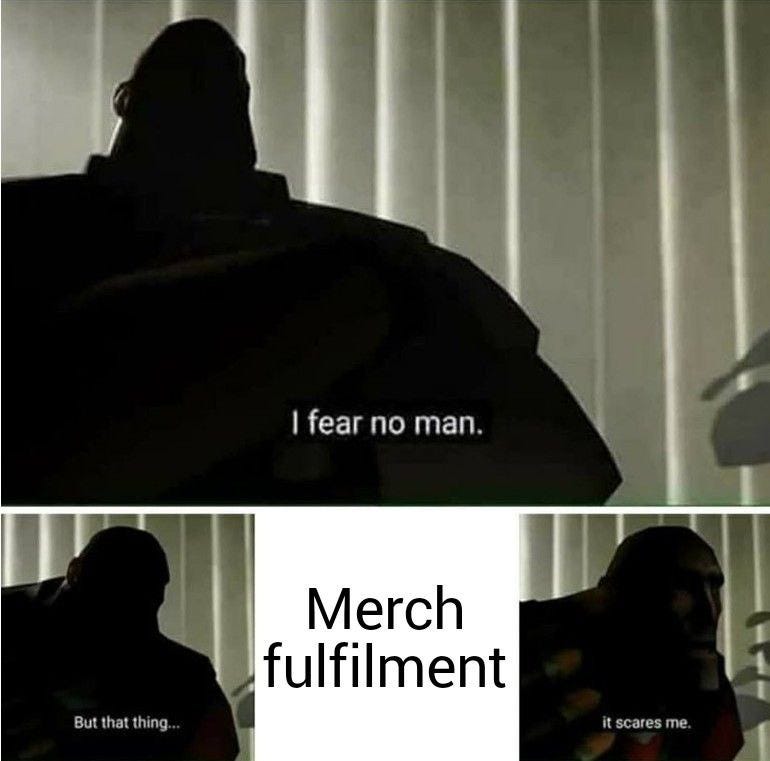
In a world with tons of AI-generated content, you decided to write lines with just facts and knowledge. Thanks for this!
22 should be tattooed on every senior "stakeholders" head in reverse so went they get ready for the day, they see this message.